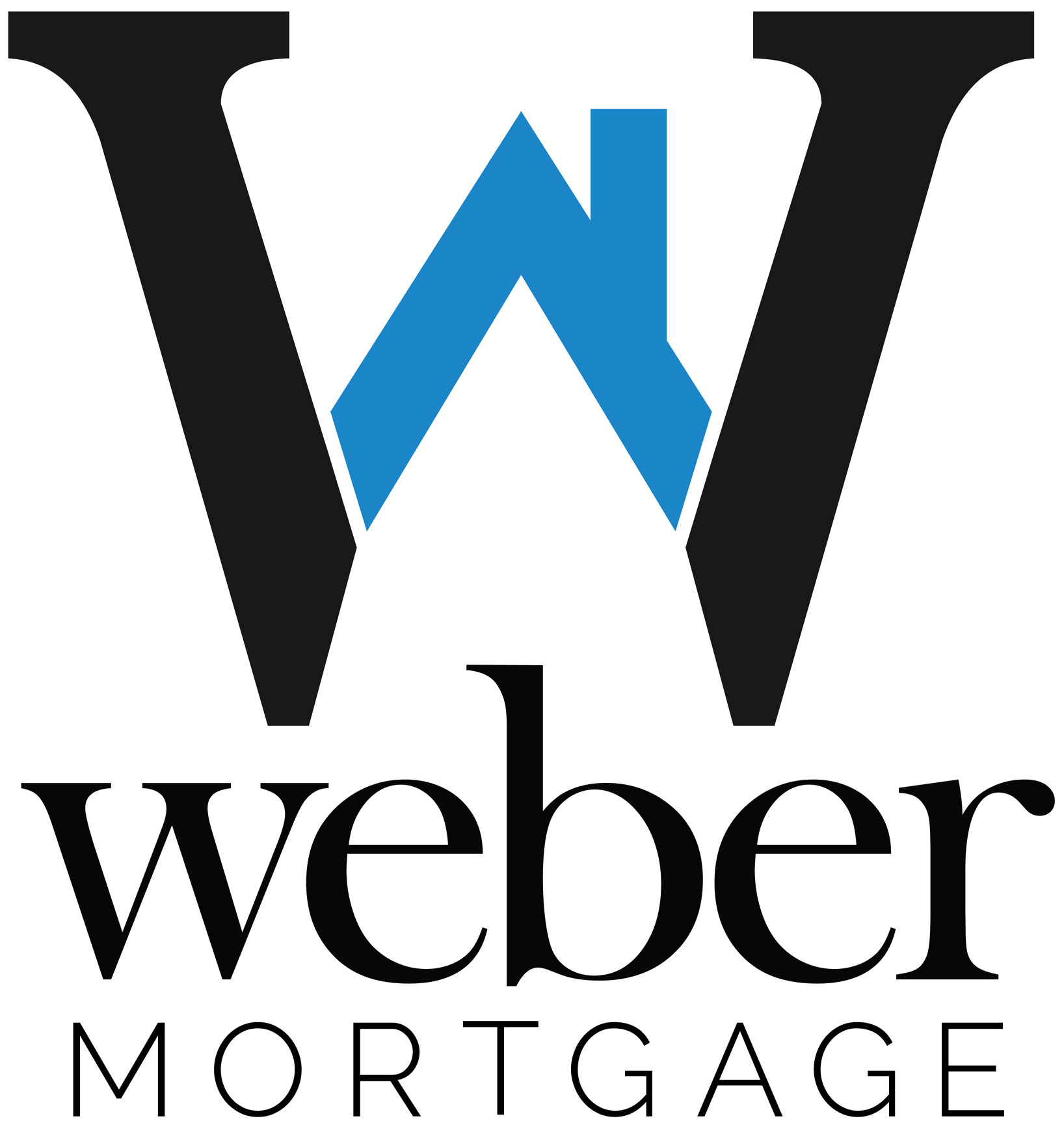If you’ve started researching mortgages, chances are you’ve heard the names Fannie Mae and Freddie…
Understanding the True Cost of Homeownership: Beyond the Mortgage
For many homebuyers, the monthly mortgage payment is the most obvious cost to consider. However, owning a home involves a range of additional expenses that can add up quickly. To be financially prepared, it’s essential to understand the true cost of homeownership. By knowing what to expect, you can plan effectively and avoid surprises down the road.
Here are some key costs of homeownership to keep in mind beyond your mortgage payment:
1. Property Taxes
Property taxes vary based on location, home value, and the local tax rate. While taxes often feel invisible at closing, they impact your monthly budget throughout the year.
What to Expect: In many cases, property taxes are included in your monthly mortgage payment if you have an escrow account. If not, you may have a larger lump-sum payment once or twice a year. Property taxes tend to increase over time, especially if your property value rises.
Pro Tip: Check the local property tax rate and consider how it might increase over time. Planning ahead for property taxes will help you avoid surprises and keep your budget on track.
2. Homeowners Insurance
Homeowners insurance is another essential cost that protects your investment. This coverage helps pay for repairs or replacements if your home suffers damage from events like fires, storms, or theft. However, this is another cost that can vary significantly based on your home’s value, location, and the coverage level you choose.
What to Expect: The average cost of homeowners insurance is often a few hundred to over a thousand dollars per year. Homes in areas prone to natural disasters or with high replacement values typically come with higher insurance costs. Many lenders require you to carry homeowners insurance, and if you have a mortgage, your insurance may be part of your monthly escrow payment.
Pro Tip: Consider shopping around for quotes annually to ensure you’re getting the best rate for your coverage. Increasing your deductible can also help lower your premium if you’re comfortable covering smaller repairs out of pocket.
3. Maintenance and Repairs
Unlike renting, homeownership comes with full responsibility for repairs and maintenance. Over time, roofs, HVAC systems, appliances, and other parts of the home wear out and need replacement. Regular maintenance can help prevent expensive repairs but will still be an ongoing cost.
What to Expect: As a general rule, plan to budget 1-3% of your home’s purchase price per year for maintenance and repairs. For example, if your home costs $400,000, aim to set aside at least $4,000 to $12,000 annually for upkeep. This budget will cover everything from small fixes to larger projects like replacing a roof or repairing plumbing.
Pro Tip: Create a home maintenance schedule to stay on top of regular tasks like gutter cleaning, HVAC servicing, and seasonal landscaping. Regular maintenance can extend the life of major home systems and help you avoid costly repairs.
4. Homeowners Association (HOA) Fees
If your home is part of a community with a homeowners association (HOA), you’ll likely have HOA fees. HOAs often cover amenities like pools, landscaping, and maintenance of common areas. They may also include services like trash collection, security, and exterior maintenance in some neighborhoods or condos.
What to Expect: HOA fees can vary widely, from a modest amount for basic services to several hundred dollars monthly for extensive amenities. It’s essential to factor in these costs when budgeting for your new home, as they add a fixed expense to your monthly obligations.
Pro Tip: Review the HOA rules and budget to understand what’s included in the fees. It’s also helpful to research the HOA’s financial health to avoid unexpected fee increases or special assessments.
5. Utilities and Monthly Bills
Homeownership typically comes with higher utility costs than renting, especially if you’re moving into a larger space. From electricity and water to heating, cooling, and waste removal, these bills can add up each month.
What to Expect: Utility costs vary by region, season, and the size of your home. On average, utility bills can range from $200 to $500 per month, depending on these factors. Energy efficiency upgrades like improved insulation or energy-saving appliances can help reduce these costs over time.
Pro Tip: Before purchasing, request utility history reports from the seller or utility company to estimate monthly expenses. You can also invest in energy-efficient appliances and smart thermostats to help manage utility costs.
Final Thoughts
Understanding the true cost of homeownership beyond the mortgage can make all the difference in your financial stability and enjoyment of your home. By planning for expenses like taxes, insurance, and maintenance, you can create a realistic budget and prepare for the future with confidence.
If you’re considering buying a home and want to explore your financing options, reach out today. At Weber Mortgage, we’re here to guide you through the process and ensure you’re prepared for all aspects of homeownership.





